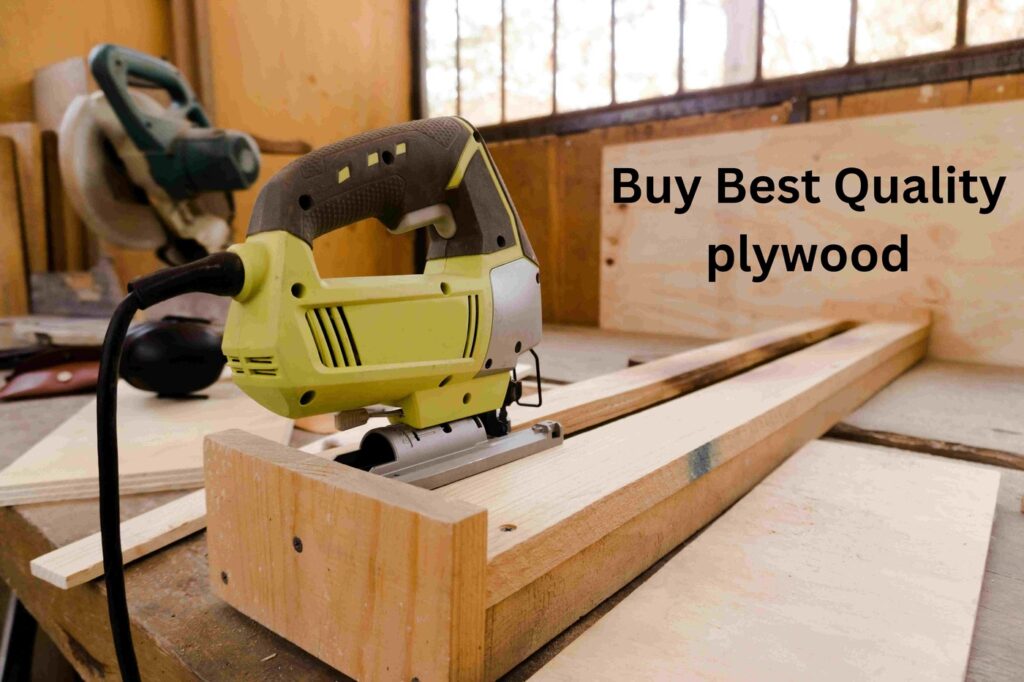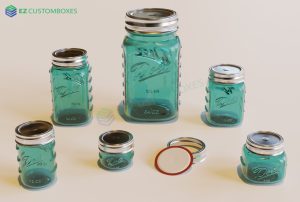When it comes to building or renovating cabinets, choosing the right materials is crucial. One of the most popular options for cabinet construction is plywood, and a common question that arises is whether 12mm plywood is suitable for this purpose. In this comprehensive guide, we’ll explore the use of 12mm plywood for cabinets, its pros and cons, and alternatives to consider. We’ll also delve into the advantages of plywood in general, helping you make an informed decision for your next cabinet project.
Understanding Plywood Thickness
Before we dive into the suitability of 12mm plywood for cabinets, let’s first understand what this measurement means and how it compares to other common plywood thicknesses.
As you can see, 12mm plywood falls in the middle range of commonly available thicknesses. Now, let’s examine whether it’s suitable for cabinet construction.
Is 12mm Plywood OK for Cabinets?
The short answer is: it depends on the specific application within the cabinet and the overall design. Let’s break this down further:
Suitable Applications for 12mm Plywood in Cabinets
- Cabinet backs
- Side panels for smaller cabinets
- Drawer bottoms (though 9mm is often preferred)
- Interior dividers or partitions
Where 12mm Plywood May Not Be Ideal
- Cabinet doors (18mm is typically better)
- Shelves that need to support heavy loads
- Large cabinet sides that require extra strength
Advantages of Plywood for Cabinet Construction
While discussing the suitability of 12mm plywood, it’s important to highlight the general advantages of plywood as a material for cabinets. These benefits apply to various thicknesses, including 12mm:
- Strength and Durability: Plywood’s cross-grain construction provides excellent strength-to-weight ratio.
- Dimensional Stability: Unlike solid wood, plywood is less prone to warping, shrinking, or expanding due to changes in humidity.
- Cost-Effective: Plywood offers a good balance between quality and affordability, especially compared to solid wood.
- Versatility: It can be easily cut, shaped, and finished to suit various design requirements.
- Screw Holding Capacity: Plywood generally has good screw retention, which is crucial for cabinet assembly.
- Wide Range of Grades and Veneers: You can choose from various aesthetics and quality levels to suit your project’s needs and budget.
- Sustainability: Many types of plywood are manufactured using sustainable forestry practices.
These advantages of plywood make it a popular choice for both DIY enthusiasts and professional cabinetmakers.
Factors to Consider When Using 12mm Plywood for Cabinets
While 12mm plywood can be suitable for certain parts of cabinet construction, there are several factors to consider:
1. Cabinet Size and Design
The overall size and design of your cabinets play a significant role in determining whether 12mm plywood is appropriate. For smaller, lightweight cabinets or those with additional support structures, 12mm plywood may be sufficient. However, for larger or freestanding cabinets, you might need to opt for thicker plywood to ensure adequate strength and stability.
2. Load-Bearing Requirements
Consider the intended use of your cabinets and the weight they’ll need to support. For example:
- Kitchen cabinets storing heavy dishes and appliances may require thicker plywood.
- Bathroom vanities or bedroom wardrobes might be fine with 12mm plywood for most components.
3. Structural Support
If you’re using 12mm plywood for cabinet sides or shelves, you may need to incorporate additional support structures such as:
- Vertical dividers
- Horizontal stretchers
- Edge banding or solid wood edging
These elements can help reinforce the 12mm plywood and prevent sagging or warping over time.
4. Finishing Requirements
The thickness of your plywood can affect the final appearance of your cabinets, especially if you’re planning to:
- Apply veneer
- Paint the cabinets
- Use decorative hardware
Thicker plywood may provide a more solid feel and better support for these finishing touches.
5. Building Codes and Standards
Depending on your location and the nature of your project (e.g., commercial vs. residential), there may be specific building codes or standards that dictate minimum material thicknesses for cabinetry. Always check local regulations before proceeding with your project.
Alternatives to 12mm Plywood for Cabinets
If you’re unsure about using 12mm plywood or if your project requires different specifications, consider these alternatives:
- 18mm Plywood: This thicker option provides more strength and is commonly used for cabinet doors, shelves, and sides of larger cabinets.
- Medium Density Fiberboard (MDF): While not as strong as plywood, MDF offers a smooth surface ideal for painting and can be a cost-effective option for some cabinet components.
- Particleboard: Another budget-friendly option, particleboard can be used for cabinet components that don’t require high strength or moisture resistance.
- Solid Wood: For high-end cabinets or specific design requirements, solid wood remains a popular choice, albeit more expensive.
- Combination Approach: Many cabinetmakers use a combination of materials, such as plywood for structural components and MDF for doors or drawer fronts.
Tips for Working with 12mm Plywood in Cabinet Construction
If you decide to use 12mm plywood for your cabinet project, here are some tips to ensure the best results:
- Choose High-Quality Plywood: Opt for cabinet-grade or furniture-grade plywood to ensure better stability and appearance.
- Use Proper Fasteners: Select screws of appropriate length to avoid penetrating through the plywood.
- Apply Edge Banding: Use edge banding or solid wood edging to protect the exposed edges of the plywood and improve aesthetics.
- Reinforce Joints: Use glue in addition to mechanical fasteners for stronger joints.
- Consider Laminating: For areas requiring extra strength, consider laminating two pieces of 12mm plywood together.
- Plan for Support: Design your cabinets with adequate support structures to prevent sagging or warping.
- Seal All Surfaces: Apply a sealer to all surfaces, especially in moisture-prone areas like kitchens and bathrooms.
Conclusion
In conclusion, while 12mm plywood can be suitable for certain components of cabinet construction, its appropriateness depends on various factors including cabinet size, design, and intended use. For many cabinet applications, thicker plywood (such as 18mm) or alternative materials may be more suitable.
When deciding whether to use 12mm plywood for your cabinet project, carefully consider the advantages of plywood in general, as well as the specific requirements of your project. By taking into account factors such as load-bearing needs, structural support, and finishing requirements, you can make an informed decision that balances cost, durability, and aesthetics.
Remember that successful cabinet construction often involves a combination of materials and techniques. Don’t hesitate to consult with experienced cabinetmakers or refer to established guidelines for best practices in your specific type of cabinet project.
FAQs
- Q: Can I use 12mm plywood for all parts of my cabinets? A: While 12mm plywood can be used for some cabinet components like backs and smaller side panels, it’s generally not recommended for all parts. Cabinet doors, shelves, and larger structural elements often benefit from thicker plywood or alternative materials.
- Q: How does 12mm plywood compare to 18mm plywood for cabinets? A: 18mm plywood is stronger and more rigid than 12mm, making it better suited for cabinet doors, shelves, and sides of larger cabinets. 12mm plywood is lighter and can be suitable for smaller cabinets or non-load-bearing components.
- Q: Is 12mm plywood strong enough for kitchen cabinets? A: For kitchen cabinets, 12mm plywood may not be strong enough for all components, especially those bearing heavy loads. It’s often better to use 18mm or thicker plywood for kitchen cabinet construction, particularly for shelves and sides.
- Q: Can I use 12mm plywood for cabinet doors? A: While it’s possible to use 12mm plywood for cabinet doors, 18mm is generally preferred as it provides better stability and a more solid feel. If using 12mm, additional reinforcement may be necessary.
- Q: What are the advantages of using plywood over solid wood for cabinets? A: Plywood offers several advantages over solid wood, including better dimensional stability, lower cost, and resistance to warping and splitting. It’s also available in larger sheets, making it easier to construct large cabinet components.
- Q: How can I reinforce 12mm plywood to make it stronger for cabinets? A: You can reinforce 12mm plywood by adding support structures like vertical dividers or horizontal stretchers, using edge banding or solid wood edging, or laminating two sheets together for extra strength.
- Q: Is 12mm plywood water-resistant enough for bathroom cabinets? A: While 12mm plywood can be used for some bathroom cabinet components, it’s crucial to choose moisture-resistant plywood and apply a proper sealer to all surfaces. For areas with direct water exposure, alternative materials or thicker, marine-grade plywood may be more suitable.
- Q: How do I choose the right type of 12mm plywood for my cabinet project? A: Look for cabinet-grade or furniture-grade plywood with minimal voids and a smooth surface. Consider the veneer species if you plan to stain the wood, and opt for moisture-resistant varieties for areas prone to humidity.
By considering these factors and understanding the advantages of plywood, you can make an informed decision about whether 12mm plywood is the right choice for your specific cabinet project. Remember, when in doubt, it’s always best to consult with a professional or opt for thicker plywood to ensure the longevity and stability of your cabinets.








